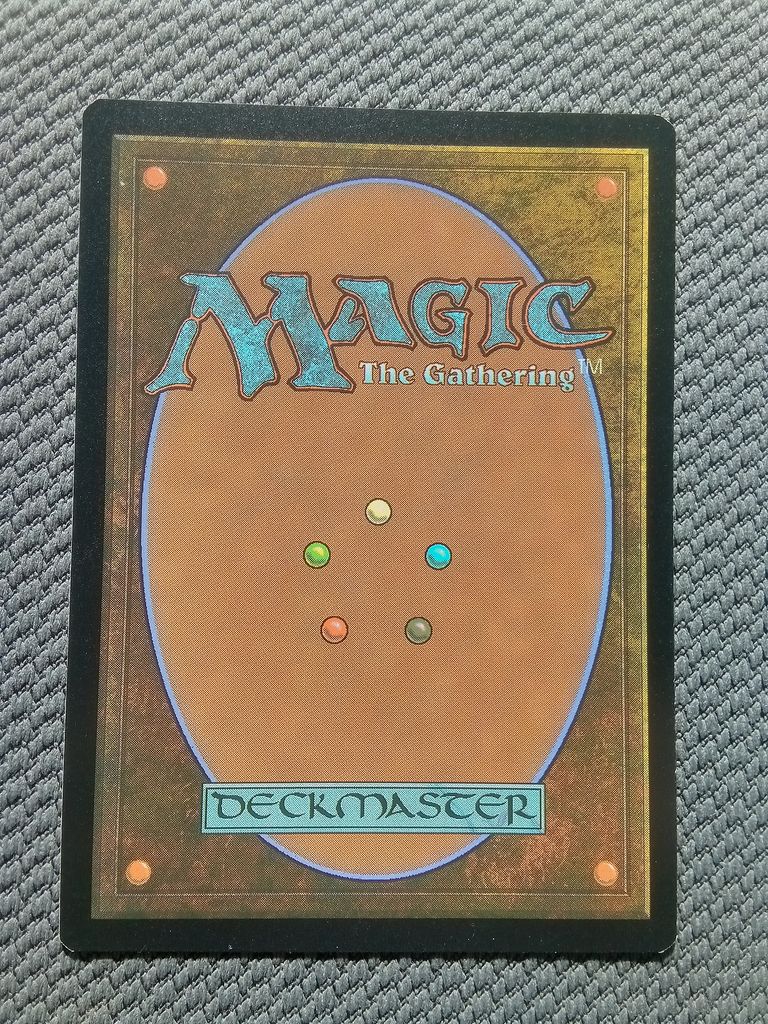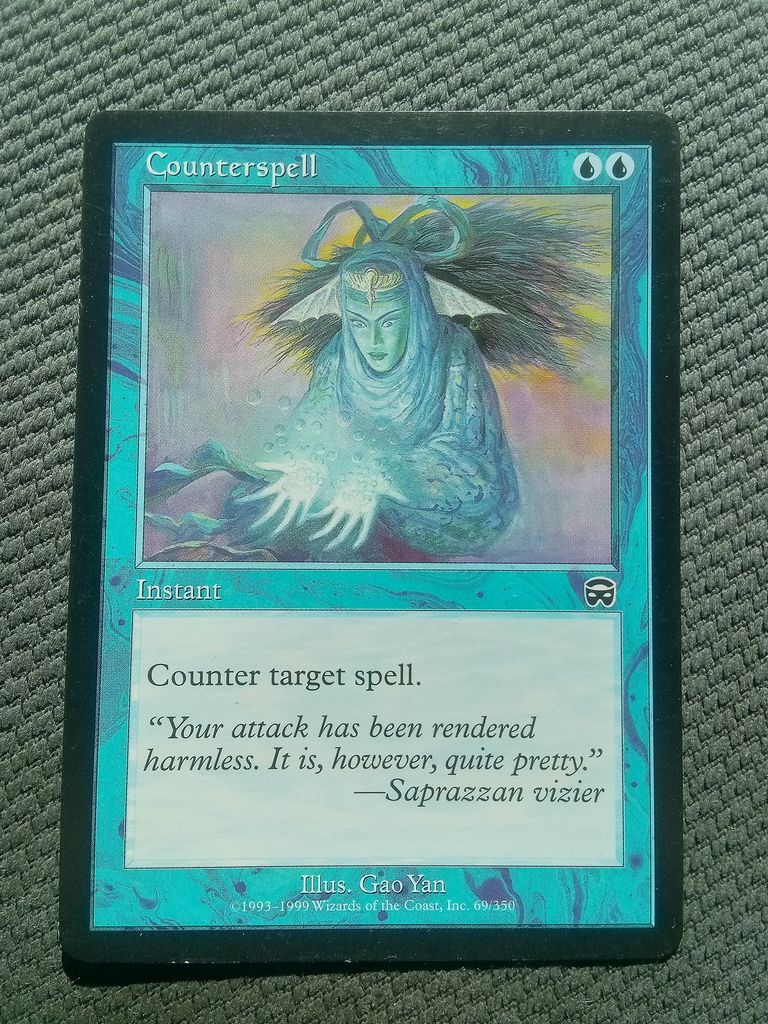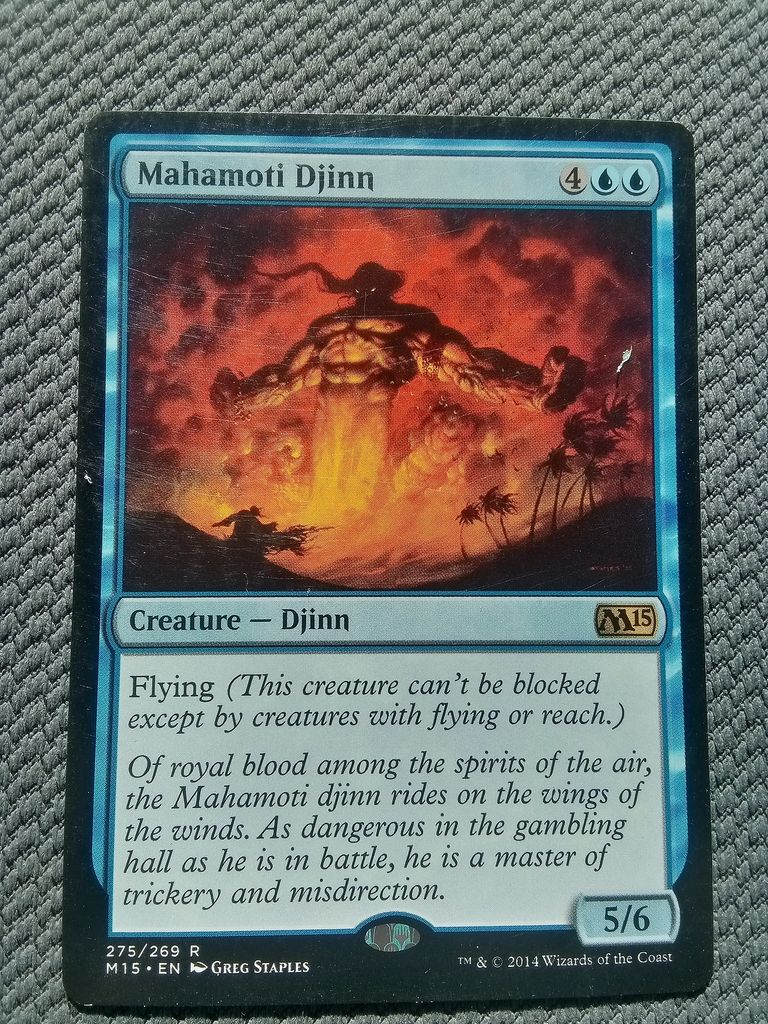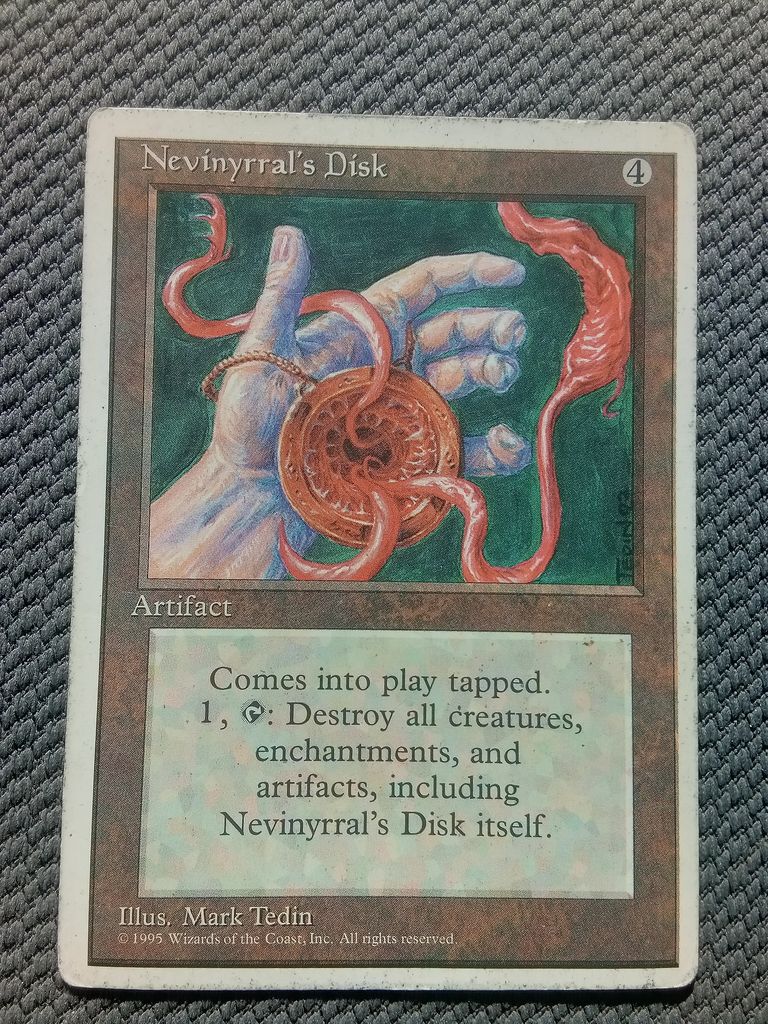
Magic the Gathering TCG- A History of Control Deck Strategy
All right, back for another great Magic the Gathering story. Thanks everybody for your support, I really appreciate it. Once again, all the images here I'm going to credit to Wizards of the Coast 1993 to present with the pictures that are taken here have all been taken by myself. So let's go ahead and get into it. Today we will be talking about control deck strategies.
Control Decks in Magic the Gathering
If you've been playing Magic the Gathering for any amount of time you've encountered control decks. Control decks are a broad deck type that usually utilize cards to gain card advantage, control the game board by removing and countering threats and ruining the tempo of another deck. Control decks are a mainstay of Magic the Gathering TCG, and Magic the Gathering's history. Most of the tournament winners of large magic the Gathering events have been control decks that are finely tuned and utilize board sweepers, counterspells, cards that take control of your opponent's creatures and other permanents including Control Magic and other win conditions. Control decks usually utilize a finisher or two to win the game. In the past this has been a large foying creature like Mahamoti Djinn, Morphling, Exalted Angel or Verdant Force and has taken the form of many different types. Control decks may also mill their opponent's decks using cards including Millstone and Grindstone.

Control decks are a broad category of Magic the Gathering decks that have been refine over the years. I've gone over aggressive decks in my previous post, and it's really important to know that counterspell heavy control decks come in many different forms. The original control deck was called "The Keeper" and it was the original big winner of Magic the Gathering tournament scene in the early 1990's. It encompassed a lot of the aspects and elements of control Decks that we see today including card advantage and broad board control. The deck utilized Serra Angel as its finisher, of which it had two copies. It used Control Magic, Mana Drain, Icy Manipulator, Wrath of God, and famously used Jayemdae Tome and Disrupting Scepter to gain continuous card advantage. The deck's real innovation was just that gaining card advantage turn after turn while controlling the board and keeping creature armies at Bay was the way that the tournament winning deck won. The Keeper fought a similar deck in the tournament finals and had to really duke it out over time, eventually winning after a chess-like match of wits. This original control deck showcased the workhorses that would make control decks tempo ruining cards mixed with card advantage defined this deck type. The deck was made of high-proced rares and required playtesting to understand how it worked best. A novice player could pilot an aggressive deck, but a control deck required practice and practice.
Mastering Your Control Deck
When you pilot your control deck, you need to play test extensively vs a wide variety of deck types. This is something that's very important and that I mentioned before. You need to really play test your specific control deck, because a lot of the cards are going to be using are expensive and for the mana cost, you need to be able to stave off your opponent for at least the first four or five turns. The longer you delay your opponent from winning, the greater the chance they can become hand locked. If they're aggressive or if you're fighting another control deck you need to be able to set up your finisher and achieve and maintain continuous card advantage. The only way you know if this is going to be effective in your deck is if you play test, play test and play test.

Control decks need to have a way to stop threats. Counterspells have historically filled this role and spot removal cards including Swords to Plowshares, Icy Manipulator and Path to Exile can take out a creature. You also need to have a way to sweep out an army and if you can draw your opponent into casting out a full army and getting hand locked, you can drop a Wrath of God, Route or Nevinyrral's Disk that can put your opponent in a losing position. That's why it's really important you play test and you find how many these board sweepers you need and what your deck can take before it needs to hit an emergency reset. Another really important thing to realize is that every time you shut down when your opponent's threats you're getting a one-to-one exchange with spot removal or most counterspells, and you want to find ways to gain advantage over your opponents with cards that allow you to draw more cards. You want to get ahead of your opponent so that you can gain card advantage over time. Cards that allow you to draw or make your opponent lose cards continually will win you games.
Control Deck Finishers
The finisher- this is how you win if you're playing a control deck. You need to have a large finisher and some control decks have utilized milling so cards like Millstones and Grindstone are the finisher. The vast majority utilize finishers so a large creature generally with evasion that can take your opponent out in a few turns. Look for something with about five power, and in the past I've used Mahamoti Djinn, Serrs Angel Morphling and the like.

If you're playing a control deck and you're fighting against an aggressive deck, make sure that you counter early threats using Force of Will, Counterspell, Force Spike and various other counterspells that are available to you. The first initial creatures you really want to break your opponent's tempo and draw them out for a long game. If you have cards like Control Magic that can allow you to take control of a creature make sure that you target the appropriate creature. If you're going to be taking over a one-one with your Control Magic, you might put yourself at a disadvantage, so wait for them to cast something substantial. Another really important thing to know about a control deck is that you want to hold back your cards and use them on effective your opponent's large threats. Sometimes it may be to your advantage to let a few cards go through that you can handle and hold your counterspells back for the big hitters. Control decks often have a life gain mechanism and use their life totals as a resource to delay the game. Likewise your spot removal including Swords to Plowshares are best held until something really threatening hits the board-you can always sweep the board and regain life using cards like Ivory Tower and Absorb to get yourself back to health. Cards that provide you card advantage and gain your life at the same time like Exalted Angel may also be something that you want to look at.

Control decks including "The Keeper" have made Magic the Gathering a real strategy game. Magic the Gathering is rich in history after three decades of gameplay, and the control deck is a mainstay. Aggressive decks have really made their mark but control decks are something that's here to stay. When you use a control deck it's like you're playing chess and you want to make sure that each card that you're using provides you card advantage in this appropriate for what you're dealing with. In essence you're finding answers to your opponent's threats and you want to make sure that you are acting appropriately.
Posted on Hive, Blurt and Steemit. Posted under truth2 on Steemit.